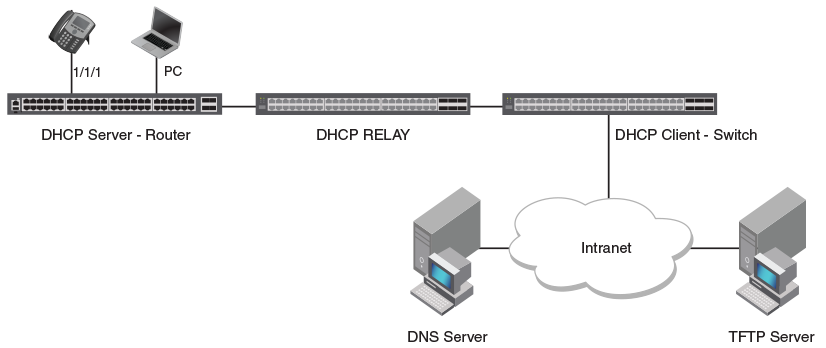DHCP Servers
All FastIron devices can be configured to function as DHCP servers.
DHCP introduces the concept of a lease on an IP address. The DHCP server can allocate an IP address for a specified amount of time or can extend a lease for an indefinite amount of time. DHCP provides greater control of address distribution within a subnet. This feature is crucial if the subnet has more devices than available IP addresses. In contrast to BOOTP, which has two types of messages that can be used for leased negotiation, DHCP provides seven types of messages.
DHCP allocates temporary or permanent network IP addresses to clients. When a client requests the use of an address for a time interval, the DHCP server guarantees not to reallocate that address within the requested time and tries to return the same network address each time the client makes a request. The period of time for which a network address is allocated to a client is called a lease. The client may extend the lease through subsequent requests. When the client is done with the address, the address can be released back to the server. By asking for an indefinite lease, clients may receive a permanent assignment.
DHCP clients can be IP phones, desktops, or network devices, as illustrated in the following figure. The clients can be connected directly or through other networks using relays. The DHCP server provides information such as the DNS server name, TFTP server name, and also the image to pick for bootup to the DHCP client. Once the client obtains the IP address, TFTP server name and boot image name, the client can download the image from the TFTP server and boot with that image.
In some environments, it may be necessary to reassign network addresses due to exhaustion of the available address pool. In this case, the allocation mechanism reuses addresses with expired leases.
The DHCP server is disabled by default on all FastIron devices.

